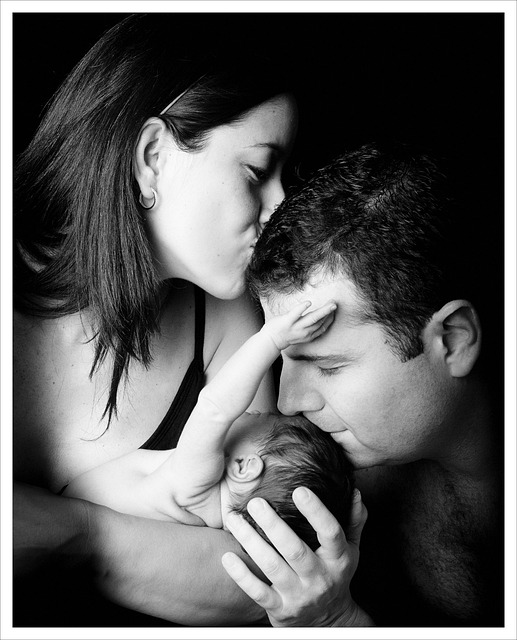Several years back, I received some life-altering news: my mom had been diagnosed with Huntington’s Disease, a genetic condition that impacts both mental and physical health—think Parkinson’s and Alzheimer’s rolled into one. With a 50% chance of inheriting the gene, I faced the looming possibility of developing the same condition, especially since symptoms typically show up between ages 35 and 50. As there’s no cure, many people at risk, like me, choose to live without knowing their genetic fate. This uncertainty has influenced every decision in my life, especially the thought of starting a family.
After grappling with my mom’s diagnosis, I came to two crucial realizations: I wanted to become a parent, but I didn’t want to know if I carried the gene for Huntington’s. My husband and I consulted a genetics counselor who presented us with two options for having a healthy baby. One was a “non-disclosing” chorionic villus sampling (CVS) test during pregnancy to check if our fetus had inherited the gene without revealing my genetic status. The second was a more advanced IVF process known as pre-implantation genetic diagnosis (PGD), where embryos are tested for the HD gene at just five days old. Only the healthy embryos would be selected for implantation.
Given my past struggles with a failed pregnancy, CVS felt too risky. So, we opted for IVF/PGD. To maintain my status as a non-disclosing patient, I made sure not to receive any specifics about the IVF cycle. I didn’t want to know how many eggs were retrieved or embryos implanted; any detail could hint at my genetic status. This required complete trust in the medical team, a challenging but necessary step.
The emotional and financial toll of IVF is significant, and I had assumed it would be straightforward since I had gotten pregnant easily before. So, you can imagine my heartbreak when our first two attempts didn’t work. Reflecting on those tough months, I’m amazed at how my husband and I persevered through, even when hope seemed distant. Finally, after six long months and three tries, I found out I was pregnant. While overjoyed, I remained cautious about the outcome. An amniocentesis was necessary to check for any irregularities, but due to my non-disclosing status, I would not see the results.
For anyone facing similar challenges, I highly recommend checking out this insightful blog post about overcoming obstacles in the journey to parenthood. Also, if you’re considering home insemination, the impregnator at-home insemination kit could be a great resource. For general information about pregnancy, visit WomensHealth.gov for excellent guidance.
In summary, my journey through non-disclosing PGD has been filled with mixed emotions and significant decisions. It’s a path that requires trust in your medical team and the strength to navigate the unknown.

